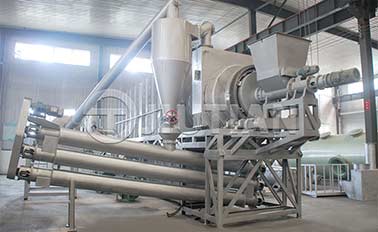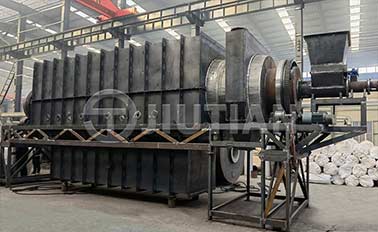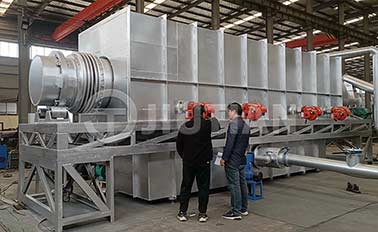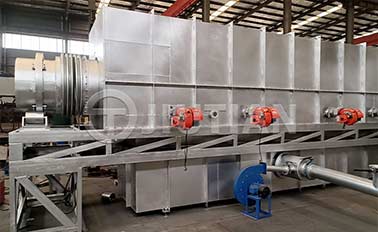The carbonization technology of corn cobs and straws is a process that converts these agricultural wastes into high-value carbon materials. Carbonization is the process of treating biomass materials at high temperatures to convert them into carbon and remove moisture and volatile substances, thereby improving the calorific value and stability of the materials. This carbonization process can produce biochar, also known as biochar, which can be used in a variety of applications, including soil improvement, energy production, and industrial uses.
Here are the general steps for carbonizing corn cobs and straw:
1. Raw material preparation: Collect and store enough corn cobs and straw and dry them.

2. Crushing and grinding: crush the waste into appropriate particle sizes for subsequent processing.
3. Carbonization: The dry raw materials are placed in a carbonization furnace and then heated to high temperatures, usually in an oxygen-deficient or low-oxygen environment to avoid complete combustion. Control of temperature and carbonization time will affect the properties of the final biomass charcoal.
4. Cooling: After carbonization is completed, take the carbonized product out of the furnace and cool it. This helps prevent re-ignition and maintain carbon stability.
The carbonization technology of corn cobs and straws is an effective method of utilizing crop waste, which can achieve resource conservation and environmental protection.The carbonized biochar has many uses, including soil improvement, carbon sequestration, water treatment, energy production, etc. It can also be used as activated carbon for wastewater treatment and gas adsorption.

Location:Indonesia
Project Progress:Put Into Production

Location:Vietnam
Project Progress:Put Into Production

Location:Kenya
Project Progress:Put Into Production

Location:Canada
Project Progress:Put Into Production